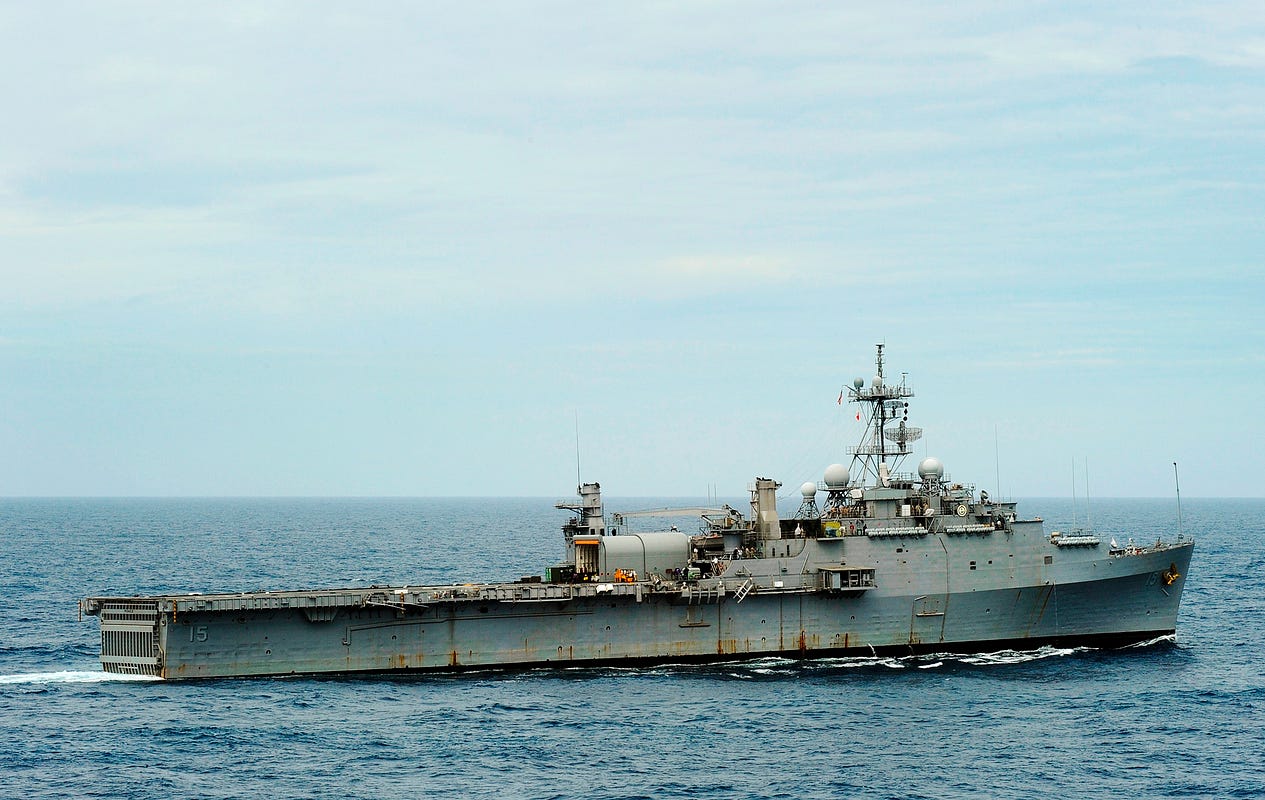Janet Daley was born in America where she began her political life on the Left as an undergraduate at Berkeley. She moved to Britain (and to the Right) in 1965 where she spent nearly twenty years in academic life before becoming a political commentator: all factors that inform her writing on British and American policy and politicians.
The German Foreign Minister has declared that political parties within European countries which hamper the cooperation between EU member states are a threat to peace. He means you, Ukip. Never mind that you are a perfectly legal party with every right to contest parliamentary, local council and European legislative elections. Ignore the fact that you have a larger proportion of popular support than the LibDems who are currently in government, and that you are not breaking any existing regulation in your public behaviour.
No, none of that is relevant to the matter. You express views which are – according to Frank-Walter Steinmeier, a minister of government in another country – not just contentious but unacceptable by the prevailing moral standards of the greater European consensus. So I'm afraid you can expect to become a banned organisation if Mr Steinmeier's views are at all representative of EU official opinion. He has, after all, lumped you in with the French National Front and various neo-fascist parties which threaten to revive what he calls "the nationalisms which could no longer be [tamed] by reason" thus giving rise to the First World War.
"We have got Eurosceptics getting together in parties", he warns apocalyptically. Presumably, this can only mean one thing: imminent armed conflict. Because, any sort of national pride or concern about sovereignty must, of course, be identical with the ugliest forms of nationalist aggression, mustn't it? God save us.
I wonder if the tactless motor mouths of the EU establishment have any idea how much anger and resentment they incur with their refusal to address the doubts and anxieties of the populations of their member countries – thus driving them into the arms of extreme anti-European groups? If anything is likely to provoke aggression in modern Europe, it is the suppression of dissident opinion and legitimate protest. Just ask the Greeks.
Listen to Janet on our podcast:
 A
A 